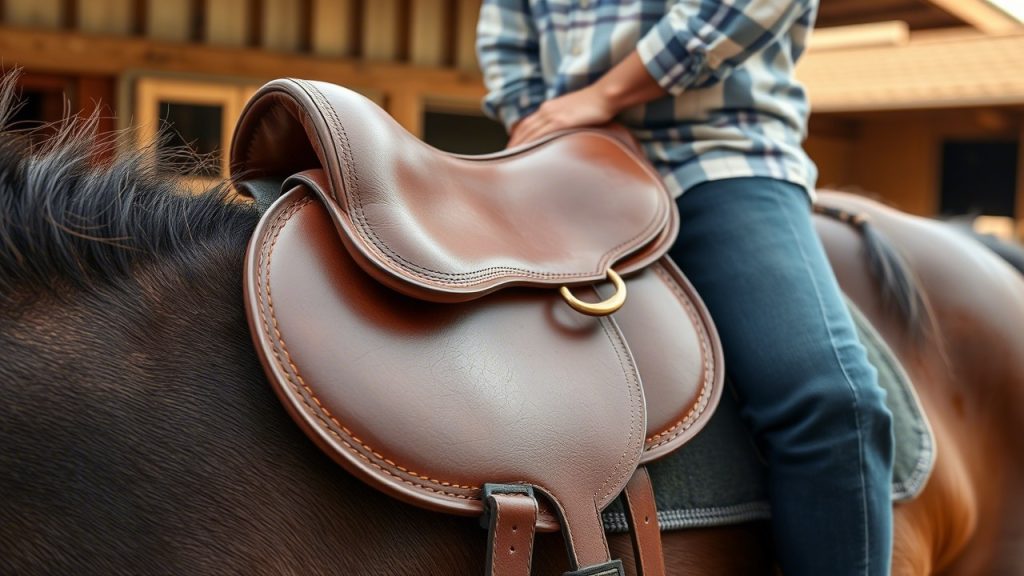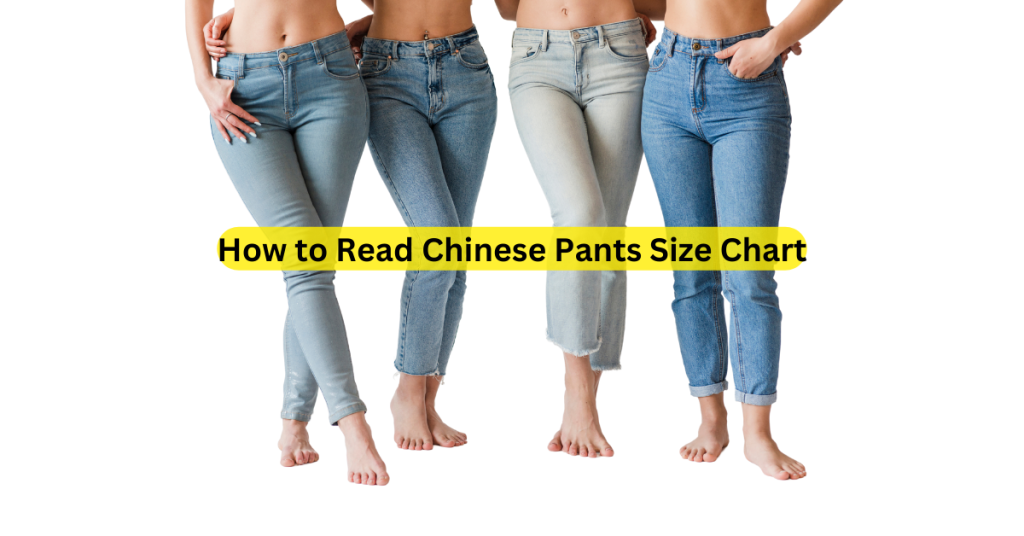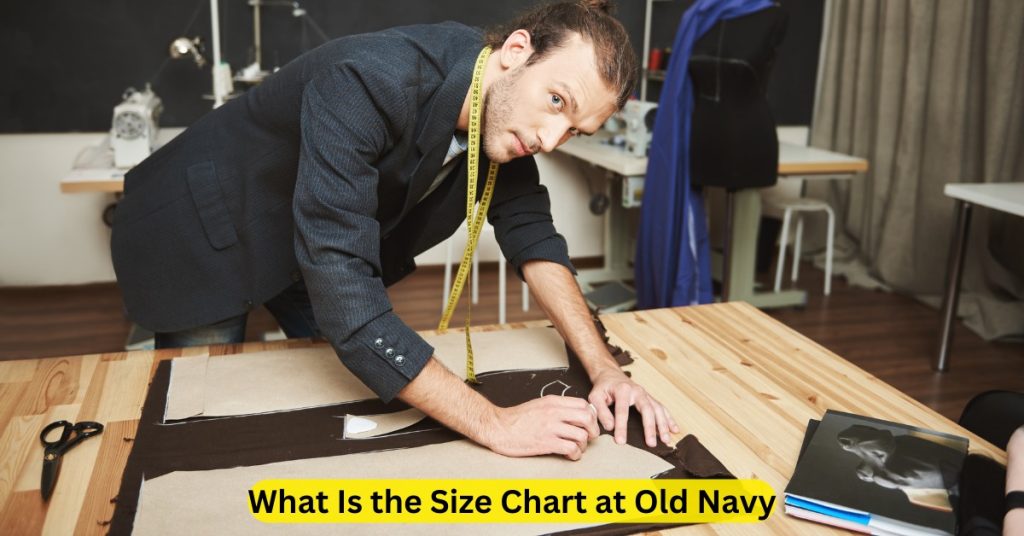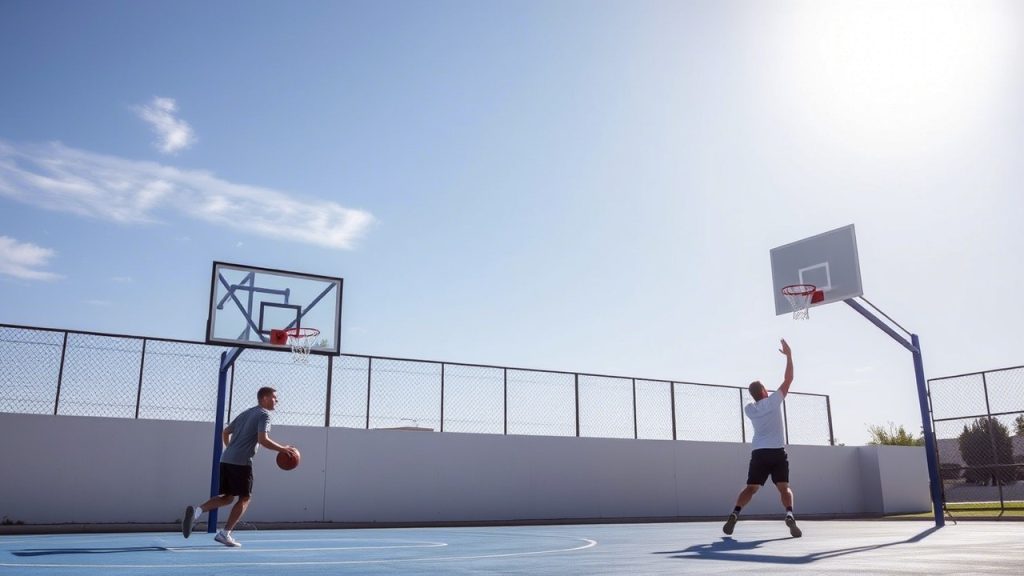Starting out in horseback riding can be both exciting and challenging. One of the most important tools for success especially in the first week is your saddle. The right saddle can help you build confidence, sit comfortably, and learn proper technique from day one.
We review the 13 best saddles to help beginners ride better in a week, covering everything from budget-friendly options to beginner-focused designs that support balance, posture, and safety.
Why the Right Saddle Matters for Beginners
When you’re new to riding, your focus is on:
- Staying balanced
- Learning correct leg and seat position
- Gaining confidence
- Communicating with your horse
- Avoiding discomfort or pain
A poorly fitted or inappropriate saddle can make all of these things harder. It may force you into an awkward position, make you feel unstable, or cause soreness.
In contrast, the right saddle will:
- Support correct alignment
- Offer security with deeper seats and knee rolls
- Promote relaxation in your legs and core
- Reduce fear and help you feel in control
Let’s dive into the 13 best saddles that help beginners ride better, faster, and safer—starting within your first 7 days in the saddle.
1. Wintec 250 All-Purpose Saddle

Best for: Budget-conscious beginners wanting a versatile option
The Wintec 250 is a durable, lightweight, and affordable synthetic saddle designed for all-around use. It provides a deep seat and supportive flaps, helping beginners feel balanced and confident.
Pros:
- Affordable
- Weather-resistant
- Easy to clean
- Deep seat and secure knee rolls
Cons:
- Synthetic look may not appeal to traditionalists
Why It Helps Beginners: Encourages balanced posture and stable leg position in both flatwork and light jumping.
2. Collegiate ComFiTec Training Saddle

Best for: English riding learners focusing on comfort
This saddle combines traditional leather feel with modern features. It includes a deep seat, padded flaps, and supportive blocks—perfect for helping beginners stay centered.
Pros:
- Comfortable straight out of the box
- Adjustable gullet system
- Beautiful leather finish
Cons:
- Requires regular conditioning
Why It Helps Beginners: Boosts rider comfort, aiding longer and more productive learning sessions.
3. Thorowgood T8 Compact GP Saddle

Best for: Petite adults or younger riders
Made from a combination of leather and synthetic materials, this saddle is built to support smaller-framed riders with a close-contact feel and extra grip.
Pros:
- Lightweight
- Adjustable gullet
- Compact seat for shorter legs
Cons:
- Limited for larger riders
Why It Helps Beginners: Perfect for riders with smaller builds—improves stability and posture quickly.
4. Wintec Lite All-Purpose D’Lux

Best for: Riders who need an ultra-light saddle
Weighing less than most standard saddles, the D’Lux is great for riders who struggle with lifting or mounting heavier tack. Its grippy seat improves rider confidence.
Pros:
- Extremely light
- Secure seat
- Interchangeable gullet
Cons:
- Not suitable for intense competition
Why It Helps Beginners: Minimizes effort while boosting security in the seat and legs.
5. Henri de Rivel Advantage Close Contact Saddle

Best for: Beginners interested in jumping
This leather saddle offers good quality at a reasonable price. It supports good leg position and promotes balance over fences.
Pros:
- Attractive design
- Comfortable for basic jumping
- Lightweight
Cons:
- Not deeply padded
Why It Helps Beginners: Encourages correct leg placement and balance during jumping sessions.
6. Tekna All-Purpose Saddle

Best for: Riders looking for low-maintenance gear
Tekna saddles are made with synthetic material that looks like leather but cleans with just water. It’s also highly durable and comfortable.
Pros:
- No oiling or conditioning needed
- Secure seat
- Affordable
Cons:
- Slightly rigid at first
Why It Helps Beginners: Helps build trust with a grippy seat and solid structure.
7. Arena All-Purpose Saddle

Best for: Riders transitioning from beginner to intermediate
A more premium option that still suits new riders well. With a balanced seat and moveable knee blocks, this saddle adapts as you grow in skill.
Pros:
- High-quality leather
- Customizable fit
- Excellent balance support
Cons:
- Higher price point
Why It Helps Beginners: Offers long-term support as skills develop.
8. Big Horn Youth Trail Saddle

Best for: Kids learning to ride Western
Made with comfort and control in mind, this saddle is lightweight and designed for young riders on trails or in the arena.
Pros:
- Cushioned seat
- Secure stirrup placement
- Sturdy and kid-friendly
Cons:
- May be outgrown quickly
Why It Helps Beginners: Keeps young riders stable and secure from the start.
9. Circle Y Julie Goodnight Wind River Saddle

Best for: Adults learning Western riding
Comfortable enough for long rides yet secure enough for new riders, this saddle offers a deep seat and wide stirrup placement for maximum control.
Pros:
- Flex2 tree for horse comfort
- Grippy suede seat
- Secure horn and cantle
Cons:
- Premium cost
Why It Helps Beginners: Encourages upright posture and seat security for Western beginners.
10. Abetta Western All-Around Saddle

Best for: Western beginners on a budget
This lightweight, rugged saddle is built for everyday use and suits many beginners looking for affordability without sacrificing safety.
Pros:
- Budget-friendly
- Synthetic = easy to clean
- Comfortable
Cons:
- Not made from leather
Why It Helps Beginners: Offers security and balance for all types of Western riding.
11. Pessoa Gen-X Elita II Saddle

Best for: English riders wanting quality and close contact
Though a bit pricier, the Pessoa Gen-X offers top-notch balance and comfort, helping riders quickly learn proper form.
Pros:
- Adjustable tree
- Soft grippy leather
- Well-padded knee rolls
Cons:
- Higher cost
Why It Helps Beginners: Improves posture and leg control with minimal adjustment.
12. King Series Synthetic Trail Saddle

Best for: Trail riders seeking affordability
Durable, weatherproof, and budget-friendly, this saddle works well for riders who want to explore trails while learning foundational skills.
Pros:
- Lightweight
- Easy maintenance
- Padded seat
Cons:
- Less suitable for arena training
Why It Helps Beginners: Keeps you comfortable and confident on uneven terrain.
13. Startrekk Comfort Treeless Saddle

Best for: Riders who want to improve seat feel and balance
Treeless saddles give a close-contact feel and promote natural seat development. This one is cushioned and adjustable, making it beginner-friendly.
Pros:
- Lightweight
- Flexible fit
- High comfort
Cons:
- May feel too soft for some
Why It Helps Beginners: Improves rider feel and body awareness early on.
What to Look for in a Beginner-Friendly Saddle
When selecting a saddle to help you ride better in a week, look for these key features:
Deep Seat – Helps you feel secure and stable
Knee Rolls or Thigh Blocks – Keeps your legs in place and improves posture
Lightweight – Easier to lift, position, and control during mounting
Adjustable Gullet – Allows a better fit for your horse, which improves rider balance
Grippy Material – Leather or synthetic grip helps prevent sliding
Comfortable Padding – Reduces soreness during longer learning sessions
Beginner Riding Tips to Maximize Saddle Benefits in 7 Days
Pair your new saddle with these simple tips to make noticeable progress fast:
- Day 1-2: Focus on posture—shoulders back, heels down, sit up tall
- Day 3-4: Work on transitions between walk and trot
- Day 5: Practice steering with soft hands and leg aids
- Day 6: Ride without stirrups for 5–10 minutes (only with supervision)
- Day 7: Combine exercises and enjoy a confident, balanced ride
9 Frequently Asked Questions
1. Can a new saddle help me ride better in just a week?
Yes! A properly designed beginner saddle offers better posture, balance, and security—accelerating your progress from day one.
2. Should I start with a general-purpose saddle?
Absolutely. GP saddles are great for beginners because they support all-around riding, including flatwork and light jumping.
3. Is synthetic or leather better for beginners?
Synthetic saddles are lighter and easier to maintain, making them ideal for beginners. Leather offers a more traditional feel but requires upkeep.
4. What seat size should I get?
Most adults need a 17″ or 17.5″ saddle. Your height and weight will also influence the best fit. Always try before buying or consult a saddle fitter.
5. How do I know if my saddle fits my horse?
The saddle should sit evenly, not pinch the withers, and allow spine clearance. Ill-fitting saddles can cause discomfort and poor rider balance.
6. Do I need a different saddle if I’m short?
Some brands make saddles specifically for petite riders with shorter flaps and more compact seats, such as the Thorowgood Compact range.
7. What if I feel unbalanced in my new saddle?
It might take a few rides to adjust. Focus on your posture, grip with your thighs (not knees), and do balance exercises with your instructor.
8. Should I buy new or used?
Used saddles are a good option if they’re in good shape and properly fitted. New saddles offer modern comfort features and warranties.
9. How often should I clean my saddle?
Clean synthetic saddles after every few rides with water. Leather saddles should be wiped down after each use and conditioned weekly.
Final Thoughts
The saddle you choose when starting out has a major impact on how quickly and comfortably you improve. Each of the 13 best saddles to help beginners ride better in a week has been selected for its comfort, support, and balance-focused features.
Whether you’re riding Western or English, training in the arena or exploring trails, the right saddle will accelerate your learning curve, reduce fear, and help you form good habits from the beginning.





